From Runway to Real Life: Embracing Authenticity in Black Beauty
Introduction
The world of fashion has long been a mirror reflecting societal attitudes, cultural nuances, and the evolution of beauty standards. In recent years, however, there has been a notable shift, particularly regarding representations of Black beauty. This transformation extends beyond the runways of high fashion, pushing into the everyday lives of individuals and communities. This article delves into the significance of authenticity in Black beauty, tracing its journey from the glamorous runway to the authentic experiences of everyday life.
The History of Black Beauty in Fashion
To understand the current landscape of Black beauty in fashion, one must first examine the historical context. For centuries, Black beauty was marginalized, often overshadowed by Eurocentric beauty standards that dominated the fashion industry. Icons such as Naomi Campbell, Iman, and Tyra Banks broke barriers, but their journeys were often fraught with challenges.
-
The Early Days: Black models faced a dual fight against both racial prejudice and a lack of representation. The rise of notable figures in the 80s and 90s, however, initiated a dialogue about Black beauty’s place on the runway.
-
Breaking Stereotypes: Black models brought their unique features, skin tones, and textures into focus, challenging a narrowly defined sense of beauty. These pioneers laid the groundwork for dialogue about race and identity within the industry.
-
Cultural Representation: The celebration of African heritage through fashion helps dismantle the stereotypes that have historically plagued Black communities. Designers began to weave narratives celebrating Black culture, leading to a renaissance in how beauty was perceived.
The Runway’s Influence on Perceptions of Beauty
Fashion shows and campaigns are often deemed as the barometers of beauty. The representation of Black models on these platforms significantly influences societal perceptions.
-
Shifting Standards: The increasing visibility of Black models has led to a broader acceptance of diverse beauty norms. No longer relegated to the margins, Black aesthetics are now positioned at the forefront of fashion dialogues.
-
Diversity in Styling: Runway shows now frequently feature a range of hairstyles, from natural curls to intricate braids, celebrating texture and diverse expressions of beauty. This shift is a testament to the growing acknowledgment of the multidimensionality of Black beauty.
-
Social Media’s Role: With the rise of platforms like Instagram and TikTok, the runway’s influence extends beyond traditional channels. Models and influencers are directly shaping conversations around beauty and identity, promoting authenticity over idealized standards.
Authenticity Beyond the Runway
While the runway is essential, ultimately, beauty must translate to real-life experiences. Authenticity in Black beauty is not merely about mirroring runway styles; it’s an expression of individuality and self-acceptance.
-
The Natural Hair Movement: One of the most significant movements in recent history is the celebration of natural hair. From afros to locs, many individuals are embracing their unique textures, challenging societal norms about beauty.
-
Self-Expression in Makeup: The beauty industry has witnessed a surge in brands catering specifically to Black consumers. This has empowered many to experiment with vibrant colors and products tailored to their skin tones, allowing for deeper self-expression.
-
Body Positivity: The representation of diverse body types within the Black community is an essential aspect of authenticity. Many are embracing their natural shapes and sizes, challenging the traditional beauty standards that pervade the fashion world.
The Intersection of Culture and Beauty
Black beauty cannot be separated from its cultural roots. Fashion and beauty acts as a canvas through which cultural narratives are painted, enriching the world with their diversity.
-
Celebration of Heritage: Events like Black History Month or Africa Fashion Week serve as platforms to showcase the relationship between culture and beauty, encouraging pride and authenticity.
-
Community Impact: Beauty is often communal among Black individuals, with gatherings centered around shared practices, from hair braiding to makeup artistry. These rituals emphasize authenticity rooted in cultural heritage.
-
Global Perspectives: The global influence of African and African-American culture has prompted a reevaluation of beauty standards worldwide. The rise of Afrocentrism within fashion draws attention to cultural appreciation rather than appropriation.
Challenges in the Pursuit of Authenticity
Despite the progress made in embracing Black beauty, several challenges remain. Acknowledging these obstacles is essential in the journey toward authenticity.
-
Colorism: The internalized bias against darker skin tones in the Black community continues. Colorism profoundly impacts self-esteem and societal perceptions of beauty, presenting a challenge in embracing authenticity.
-
Cultural Appropriation: The appropriation of Black culture by non-Black individuals raises critical questions about authenticity and ownership. This appropriation dilutes the significance of cultural expressions and highlights the need for a more comprehensive understanding of identity.
-
Commercialization of Natural Beauty: The commodification of natural hair and authentic Black beauty raises concerns. While representation has improved, the prioritization of profit can overshadow genuine appreciation and respect for cultural expressions.
Future Directions: A Call for Continued Authenticity
As we look toward the future, the fashion industry and society must continue to nurture authentic expressions of Black beauty.
-
Sustainable Practices: Embracing eco-friendly practices within the beauty and fashion industries can further enhance authenticity. Sustainable brands that respect cultural origins are essential in promoting true representation.
-
Educating Consumers: The dialogue surrounding beauty should include discussions about cultural heritage, fostering understanding and respect for diverse expressions.
-
Mentorship and Representation: More diverse figures in leadership roles within fashion can inspire the next generation of Black beauty advocates. This can facilitate the growth of authentic representation in all aspects of the industry, from modeling to design.
Conclusion
The journey from runway to real life is complex, yet the evolution of Black beauty is a testament to resilience and authenticity. As society evolves, so too does the understanding of beauty. It is no longer a monolithic construct but a mosaic of identities, cultures, and experiences. By embracing authenticity, individuals can reclaim their narratives and celebrate the multifaceted nature of Black beauty.
In doing so, we move closer to a future where all expressions of beauty are celebrated, enriching the tapestry of human experience. The runway may set the stage, but it is the everyday lives of individuals that truly define beauty’s significance, honoring authenticity at every turn.











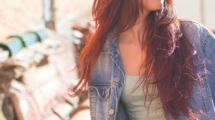

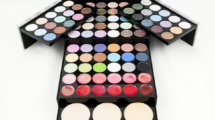
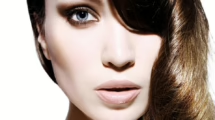
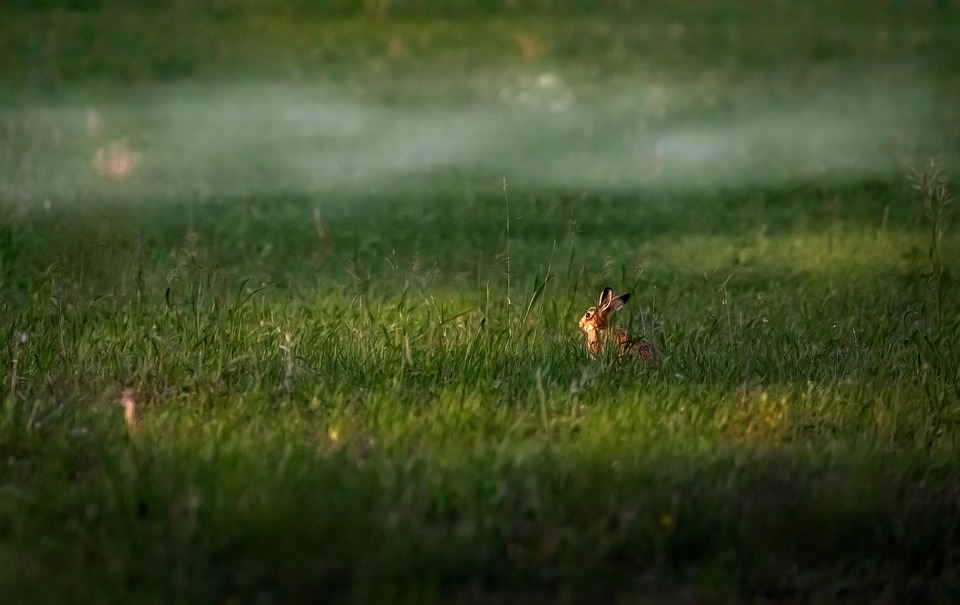
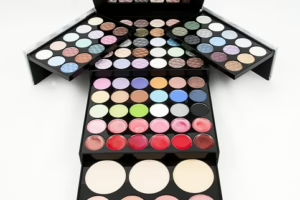
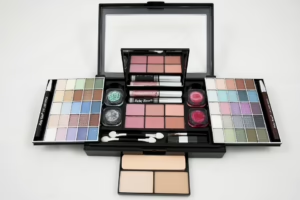
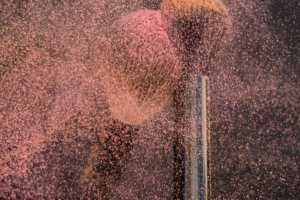
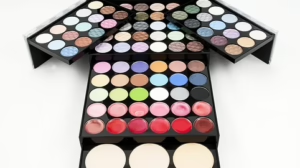
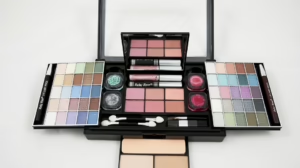





Add Comment